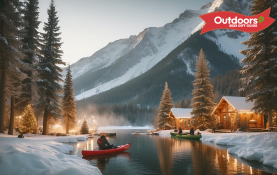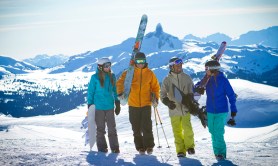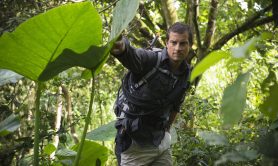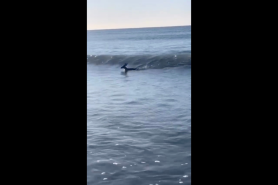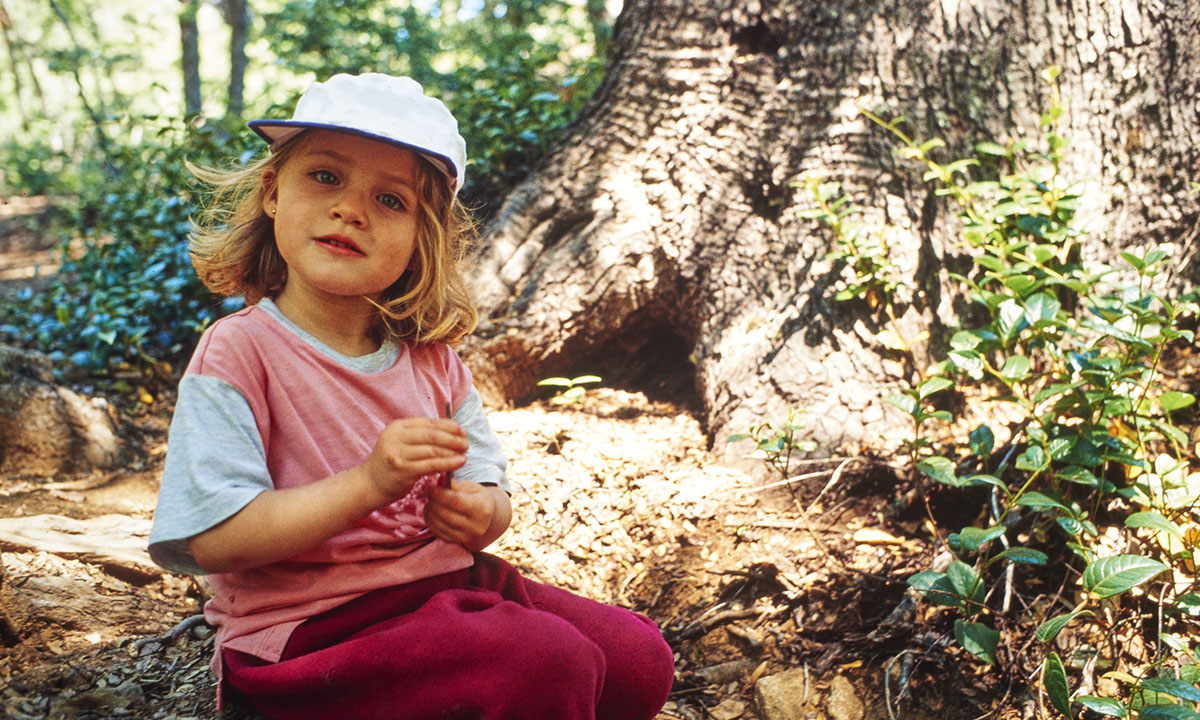

The 1990s marked a pivotal time in the expanding world of camping essentials, a moment when traditional gear intersected with the emergence of products that were more innovative (but not necessarily always better). While some of the decade’s most popular camping necessities remain just as popular today as they were back then, others have become nostalgic relics of outdoor history. Here are six of those camping gear time-travel treasures.
Videos by Outdoors with Bear Grylls
The Motorola Talkabout 250
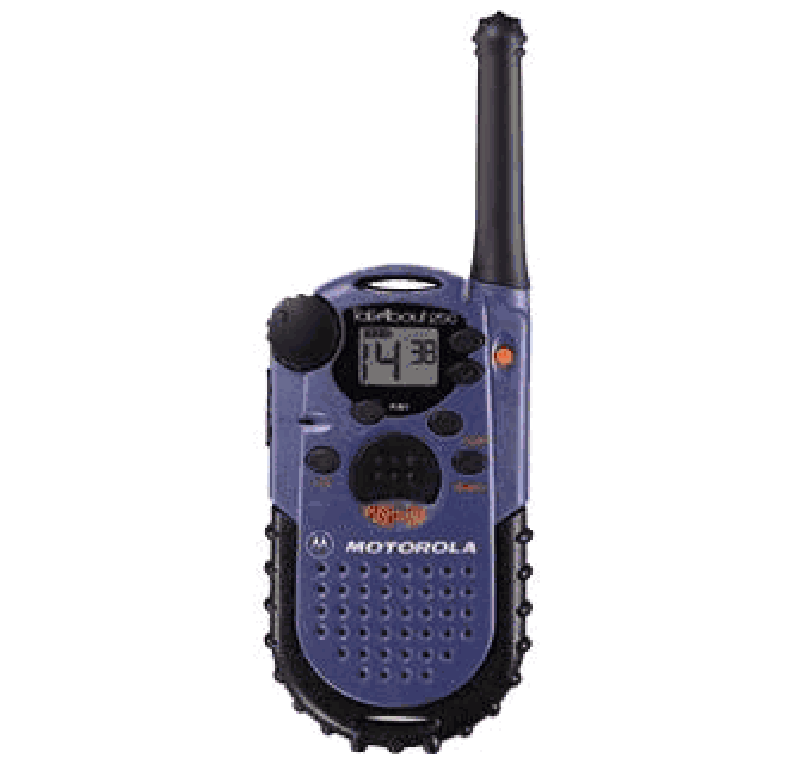
Walkie-talkies are still used in some situations, but cell phones helped usher in the end of an era for these handy devices, including the most popular one, the iconic Motorola T250. Motorola introduced the T250 in 1997, and the rugged two-way radio quickly became a favorite means of communication for campers in remote locations. These powerful devices boasted a long-lasting battery as well as an impressive range of up to about two miles. Constructed of thick plastic (bee-like yellow and black was an especially popular color combination), the units eliminated long antennas and annoying static and added a user-friendly earbud receiver and built-in voice activation feature for hands-free operation.
Trekking Sandals

Trekking sandals, especially ones from the brand Teva, had their heyday in the early 1990s. These strappy sandals, known for their breathability, were a major fashion trend at the time, and they were just as ubiquitous on city streets as they were on wilderness paths. Tevas still have plenty of devoted fans, but many outdoor enthusiasts choose more technically advanced sandals that provide more protection and support.
Smartwool Socks
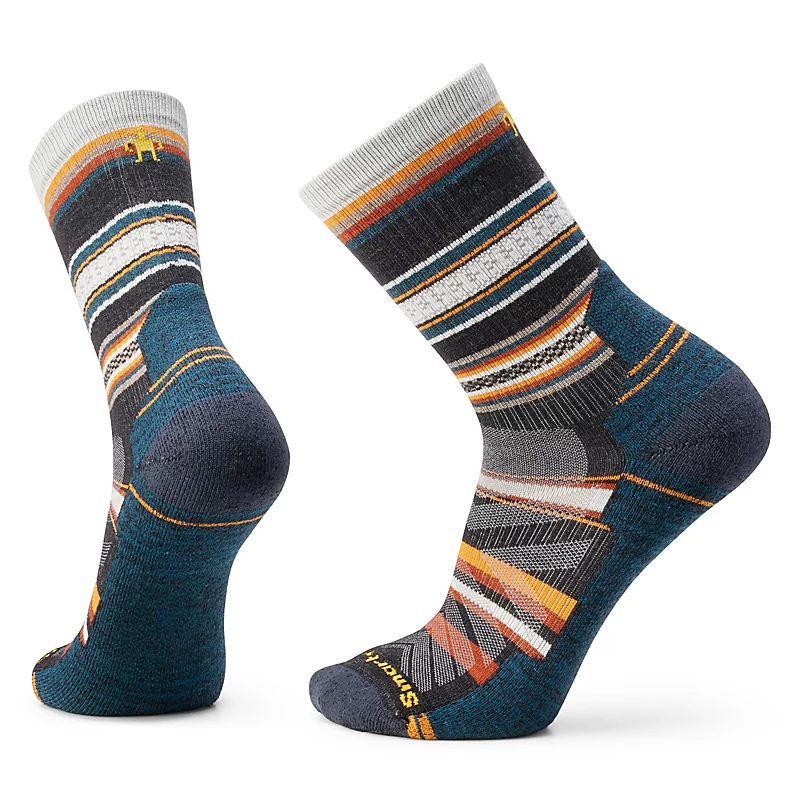
Smartwool Socks first hit the market in 1994 and quickly became a camping favorite because of their warmth, comfort, and durability. The Colorado-based company was founded by two ski instructors who swapped out the notoriously scratchy wool commonly used in winter socks for soft merino wool, a novelty at the time. The socks quickly became a mainstay for outdoors enthusiasts.
Sierra Designs Sleeping Bags
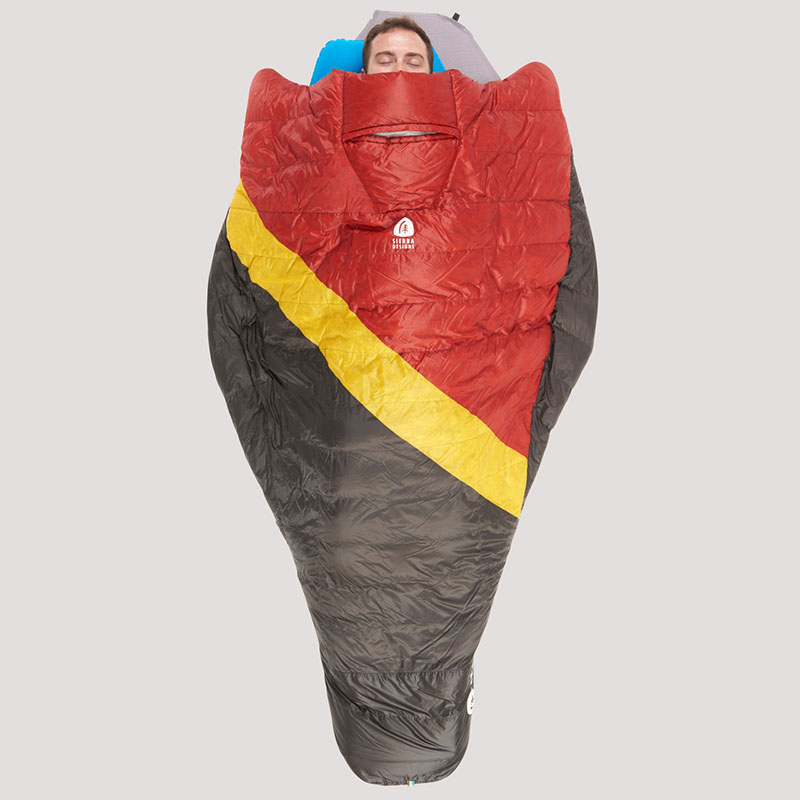
In 1995, Sierra Designs launched one of the first sleeping bags designed for women. Rather than the more traditional mummy-style bags, the company notes these were “tailored to fit [a] woman’s shape and warmth needs with unrestricted movement.” Cheryl Strayed was a big fan, and she still has the one she used on her Pacific Crest Trail trek that would become the basis of her memoir-turned-movie, Wild. “It was only in the 1990s that it occurred to people that women have different bodies — these things called hips,” she once said.
GoLite Breeze Pack
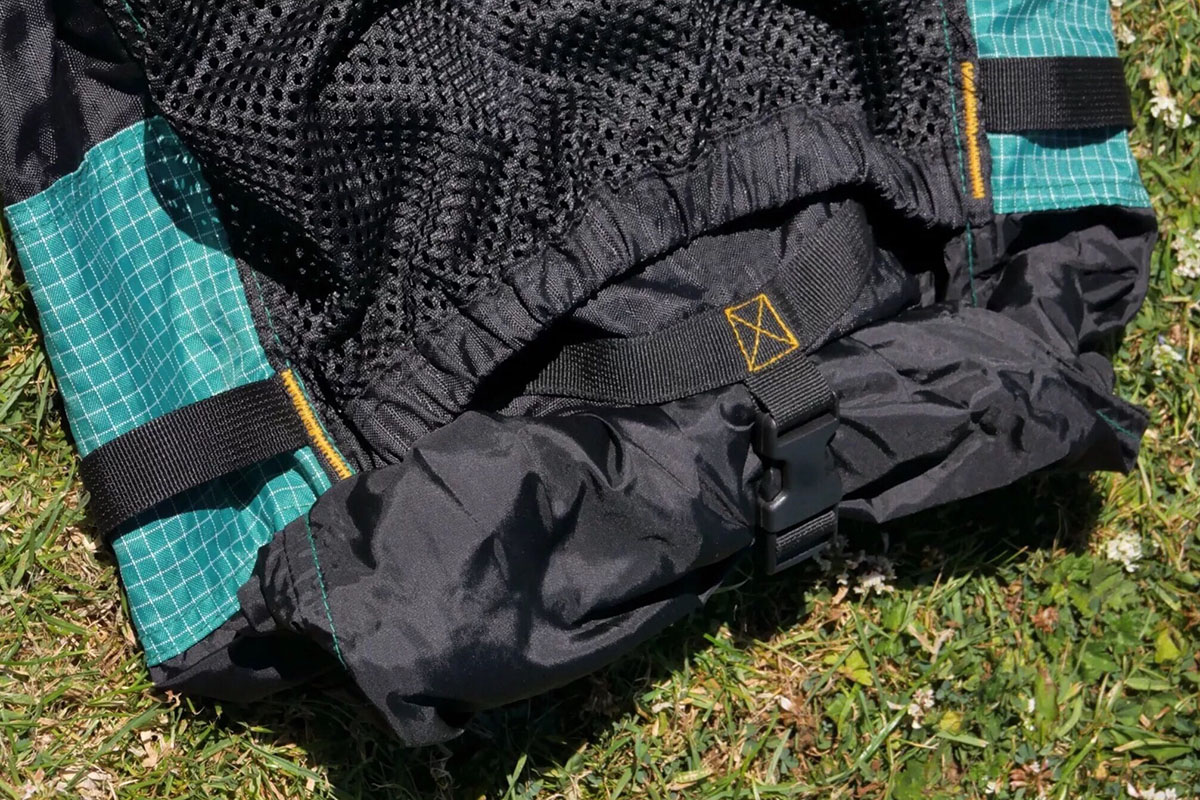
Before the late 1990s, backpacks tended to be clunky, but Ray Jardine, who was known as the father of ultralight hiking, helped change all that with the introduction of the hipbelt- and framesheet-free GoLite Breeze Pack. This minimalist pack weighed in at less than one pound, making it a standout among its bulkier pack peers. The Breeze was incredibly durable and could take a beating thanks to its lightweight ripstop nylon and ultra-strong Dyneema threads. Backpacking was forever transformed after the GoLite Breeze’s introduction as outdoors enthusiasts increasingly tended toward the backpack and other ultralight gear.
Patagonia R1 Fleeces
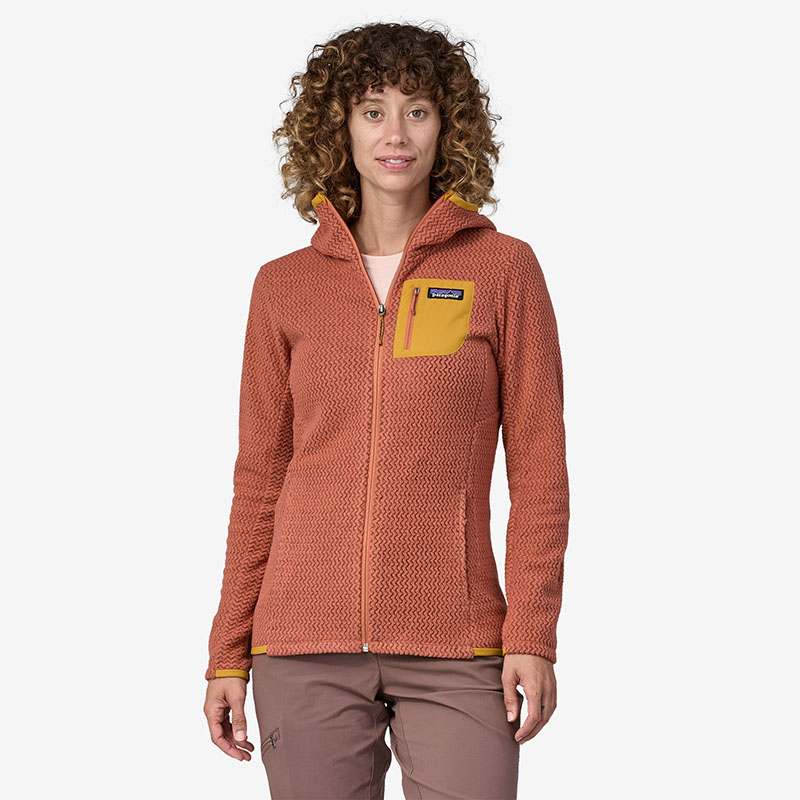
In 1999, Patagonia transformed the world of fleece with the introduction of the groundbreaking Patagonia R1. Unlike its bulkier and less breathable predecessors, the mid-layer garment effectively regulated both heat and moisture because it was constructed with innovative thinly woven polyester sheets. The Patagonia R1 was a pioneering active-insulation fleece that spawned a huge tech-fleece market, and it has endured as a leading Patagonia product for cold weather conditions ever since it closed out the ’90s.






